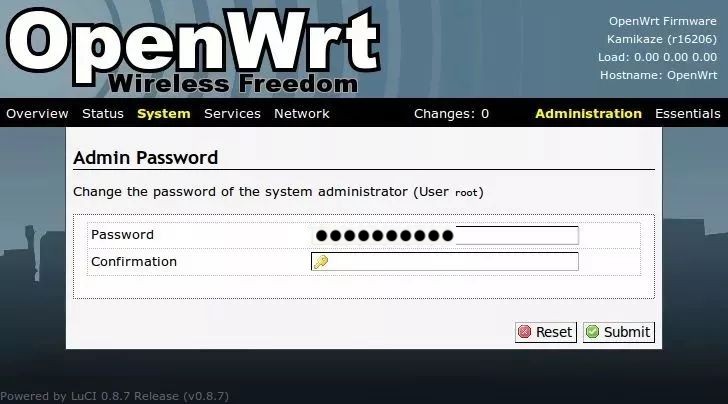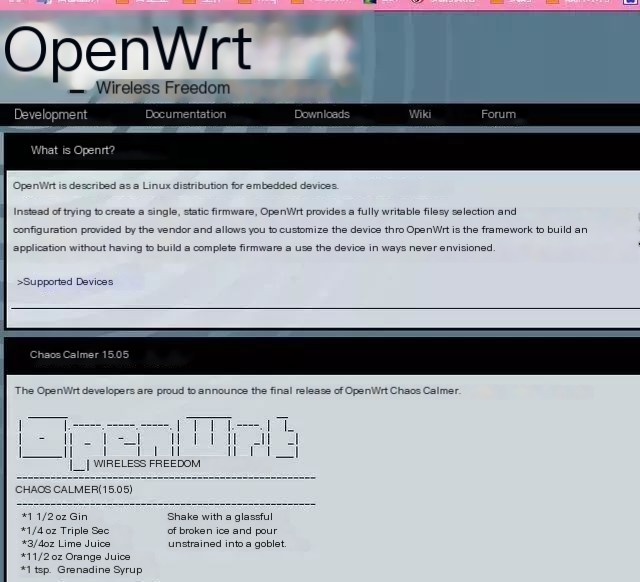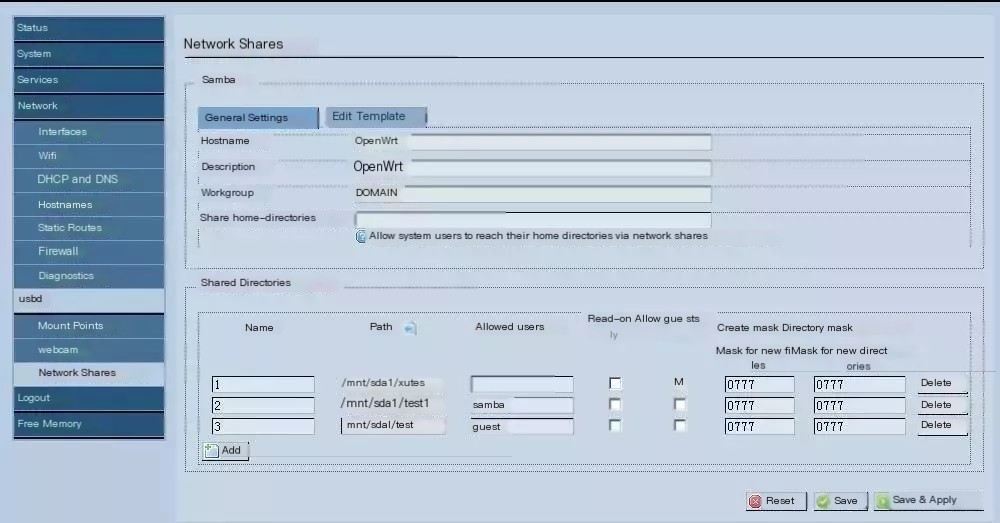OpenWrt
 >
>
As smart homes become more prevalent, routers serve a crucial role as the medium for various terminals within smart homes. At the same time, households require increasingly greater network bandwidth, more terminal devices, and larger living spaces, necessitating Wi-Fi extenders in some residences. These factors demand higher standards for routers, not just in terms of superior hardware performance but also with more refined software optimization. OpenWrt is an exceptional firmware for smart routers, and today, let’s explore OpenWrt together.
I. Introduction to OpenWrt
OpenWrt can be described as an embedded Linux distribution (with mainstream router firmware including dd-wrt, tomato, and OpenWrt) rather than an attempt to build a single, static system. OpenWrt’s package management provides a fully writable file system, based on choices and configurations supplied by the application provider, allowing you to customize the device to suit any application.
For developers, OpenWrt offers a framework to build applications without needing to compile a complete firmware to support it; for users, this means having a fully customizable capability to utilize the device in unprecedented ways.
 >
>
II. Background of OpenWrt Development
When Linksys released the source code for the WRT54G/GS, many different versions of firmware appeared online to enhance the original functions. Most firmware is 99% based on Linksys’ source code, with only 1% rewritten by developers, each targeting specific market uses. This approach has two drawbacks: it is difficult to consolidate the strengths of various firmware versions, and versions diverge further from the official Linux distribution.
OpenWrt took a different approach, starting from scratch and gradually integrating various software to match the functionality of Linksys firmware, but its success lies in its writable file system. Developers do not need to recompile after each modification, making it more akin to a small Linux computer system.
III. OpenWrt Functions
1. OpenWrt can be configured as a client connecting to other Wi-Fi networks as WAN, and then create its own Wi-Fi network as LAN, effectively enabling Wi-Fi internet without needing to connect a cable to the WAN port. Unlike other firmware that typically only relays other Wi-Fi, with the client actually connecting to the relayed Wi-Fi and the IP being assigned by the upstream relay Wi-Fi, OpenWrt allows creating a subnetwork. The benefits of OpenWrt include connecting to the internet via Wi-Fi and creating a subnetwork with options like port mapping and speed limitation.
2. SSH Tunnel
OpenWrt includes an SSH server so you can access its terminal. After exposing its SSH service to the network (remember to encrypt it using key verification rather than a weak password), you can remotely connect and use SSH tunnel encrypted access.
3. Setting up V**
SSH tunnels and V** are similar in many ways, but you can still set up your own V** on an OpenWrt router.
4. Installing a BitTorrent client
If you have a specific Network Attached Storage (NAS), or a router with a USB port and a USB device, you can use the router as a BitTorrent client.
5. Running server software
The OpenWrt software repository contains packages that enable it to function as a web server, such as IRC server, BitTorrent tracker, and more. If you are already using the router, why not use it as a server? Routers consume much less power than computers, so using it as a lightweight server is a smart move.
6. Traffic shaping service
OpenWrt allows you to manipulate routed packets for traffic shaping and ensure quality of service, prioritizing appropriate packets. You can even prioritize specific packets for designated computers while delaying those allocated to others.
7. Creating a guest network
The OpenWrt wiki includes instructions on setting up a special wireless network for guests, separated from your main network for security. You can even limit the speed of the guest network.
8. Capturing and analyzing network traffic
You can use tcpdump to log all packets through your router. Then share it on the network or open it with tools like Wireshark to analyze your network traffic and behavior.

IV. Features of OpenWrt
OpenWrt is a highly modular, highly automated embedded Linux system with powerful networking components and expandability, often used in industrial control devices, telephones, small robots, smart homes, routers, and VOIP devices. Moreover, it provides over 100 precompiled software options, and the number keeps increasing, while the OpenWrt SDK further simplifies the process of developing software.
Unlike many other distributions for routers, OpenWrt is a full-featured, easily modifiable operating system for routers built from scratch. In essence, this means you have the flexibility to incorporate desired features without additional baggage, and the Linux Kernel supporting these features is updated faster than most other distributions.
Having learned so much, do you wish to systematically understand OpenWrt? Then check out our publication “OpenWrt Smart Router System Development.” You will learn the essence of smart router development based on OpenWrt through it.



